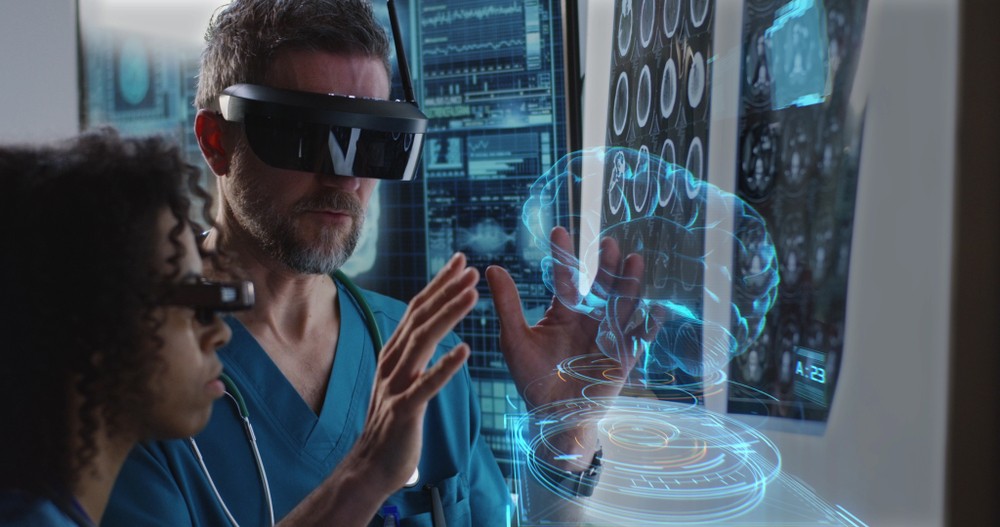Comments
- No comments found

The use of virtual reality (VR) in healthcare is helping paralyzed patients carry out simple mobility tasks.
Additionally, VR-based tools can also enable doctors to treat spinal column issues more effectively.
As you know, the brain is the command center of an individual's body. Brain-related issues can be the main cause of certain physical conditions suffered by individuals. For instance, the inability of brain signals to travel to certain parts of the body causes partial or total paralysis in patients. Modern technology can be leveraged to help patients overcome such conditions. VR has several applications in the field of psychology and can be useful for paralysis treatment too. VR helps shape modern healthcare. Its role in paralysis care will open even more doors for VR in healthcare.
Specialized brain-machine interface applications, robotics and VR help patients regain muscle control and movement. Basically, in this procedure, patients are put through a training program that uses brain-controlled robotics and VR to help them imagine that they can move their muscles normally. After several aggressive training sessions like this, such patients can feel sensations in paralysis-ridden limbs and, eventually, regain muscle and movement control in them. One of the prime examples of this is a 32-year-old woman in Brazil. The woman, who was paralyzed from the waist down, regained partial muscle control in her feet after undergoing a VR-based treatment.
Paralysis has as much to do with the mind as it does with the body. So, if VR-based tools can allow paralyzed patients to virtually view themselves moving an immobile limb in a simulation, it can indirectly influence the brain to send impulses to those parts of the body in the real world. As a result, VR assists paralysis patients with regaining touch-based sensations in paralyzed body parts and also muscle and movement control.
Spinal cord injuries are one of the principal causes of partial or total paralysis in patients. Doctors can prepare rehabilitation programs for such patients. Such programs involve a series of VR-driven tasks or exercises that patients have to carry out. Such exercises can be carried out after surgeries are carried out to treat spinal cord wounds and disfigurement. Over a period of time, the doctors will measure specific aspects such as patients' motor functions, balance, aerobic processes, and pain to gradually enable them to break free from paralysis. The time taken for the success of such programs depends on how rapidly a patient is making progress.
The involvement of VR in healthcare will keep growing steadily in the future. While VR-based paralysis treatments can be considered niche, for now, you can fully expect them to become a part of mainstream paralysis care in the not-so-distant future.
Naveen is the Founder and CEO of Allerin, a software solutions provider that delivers innovative and agile solutions that enable to automate, inspire and impress. He is a seasoned professional with more than 20 years of experience, with extensive experience in customizing open source products for cost optimizations of large scale IT deployment. He is currently working on Internet of Things solutions with Big Data Analytics. Naveen completed his programming qualifications in various Indian institutes.
Leave your comments
Post comment as a guest